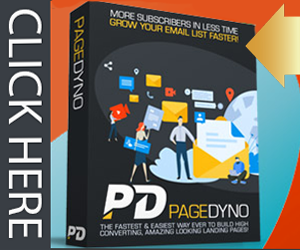‘Study shows Google’s Possum update changed 64% of local SERPs’ – Search Engine Land
Julian Connors says, “The world of e-commerce optimization is vast and complex, and it demands a particular level of attention in order to function and perform correctly.
Over the last 10 years, I have had the opportunity to manage a variety of enterprise-level e-commerce websites that offer everything from athletic gear to office supplies.
Regardless of the intended audience, most e-commerce sites suffer from similar optimization issues. These issues prevent them from maximizing their exposure to qualified traffic and the related revenue.
Usually, these problems are connected to how business stakeholders approach the development of their e-commerce platform, placing user experience and aesthetics over search engine optimization (SEO).
When brands focus on building e-commerce environments that are attractive and functional but ignore or forget about SEO, they immediately lose opportunities to attract and convert new customers from organic channels.
The good news is that by adhering to the following e-commerce optimization recommendations, you can create an environment that is functional and attractive and introduces your brand to new potential customers (what we in the biz call a “win-win” situation)”.
Study shows Google’s Possum update changed 64% of local SERPs
Comments are closed.




